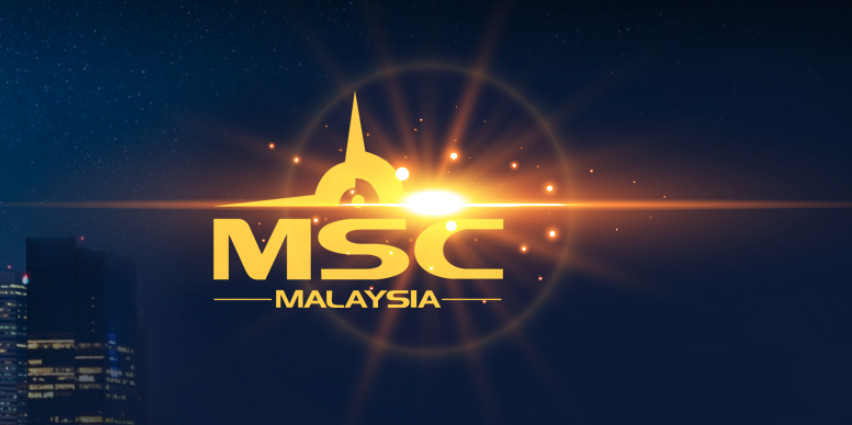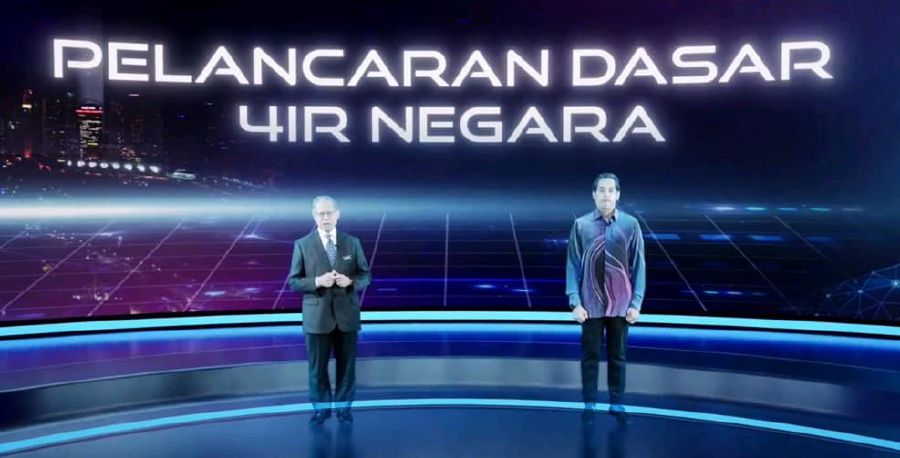First set up as the Multimedia Development Corporation (MDC) in 1996, it was put together by former Prime Minister Tun Dr Mahathir to oversee the implementation of the MSC. Sun Microsystems became the first company to be granted MSC status, a recognition by MDEC for companies that participate and contribute to MSC’s digital economy aspirations. As of 2019, there are 2954 active MSC companies, which produced a combined revenue of RM472 billion and created 182538 jobs.
Phase 2 of the MSC was called MSC Malaysia Next Leap, which ran between 2004 to 2010, which aimed to convert 10000 schools to smart schools and spur the country’s digital content industry with Saladin: The Animated Series. MDEC claims that the show is the foundation of today’s most popular locally produced shows such as Upin & Ipin, Boboiboy, and Ejen Ali. Following that, its next journey began in 2011 where MDEC introduced the Innovative Digital Economy (IDE) Framework. The goal was to transform Malaysia’s digital economy by focusing on Industry Development, Digital Transformation, and Enabling Environment in order for it to contribute 18.3% to Malaysia’s Gross Domestic Product (GDP) by 2020. Well, the Malaysian digital economy actually surpassed those expectations and hit 19.1% in 2019, and is expected to hit 22.6% by 2025.
The 12th Malaysia Plan included, among other things, a five-year plan aimed at attracting digital investments that is in line with the Malaysia Digital Economy Blueprint (MyDIGITAL) and the National Fourth Industrial Revolution Policy that aims to develop Malaysia into a high-tech nation by 2030. In order to reach these goals, the government’s focus is on the four key NADI Digital thrust areas — New Skills, Adoption, Disruptors, and Investment. By the end of this year, MDEC is aiming to reach 100000 Malaysians and provide them with the technological skills and knowledge to thrive in the growing digital industry. (Source: MDEC // Image: EPU Malaysia)

